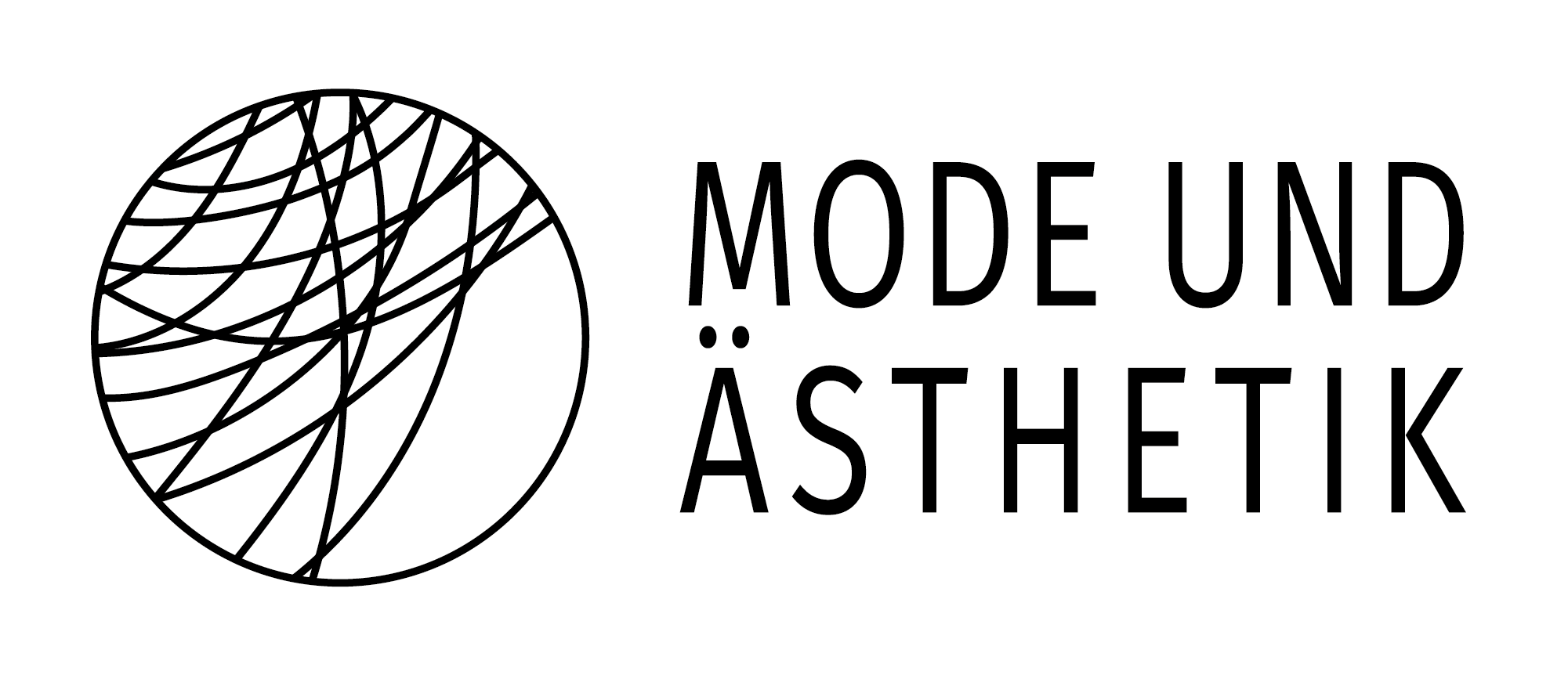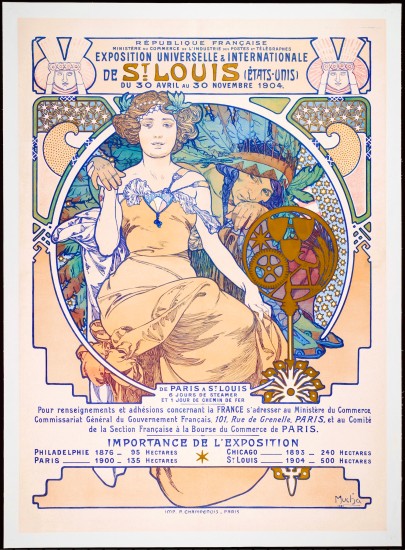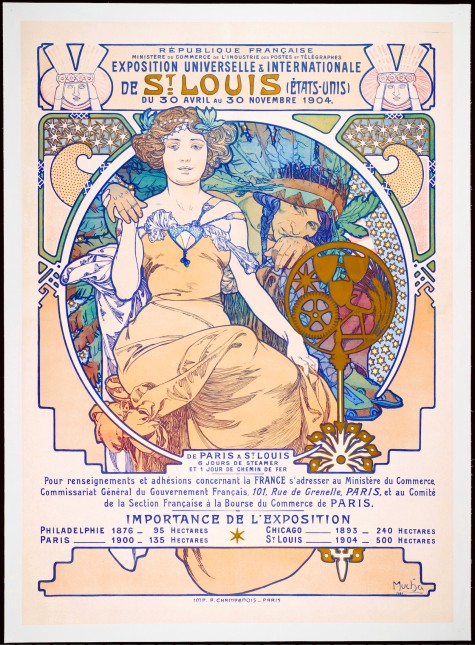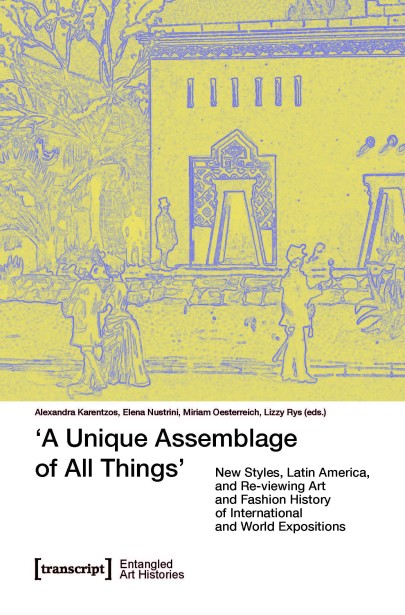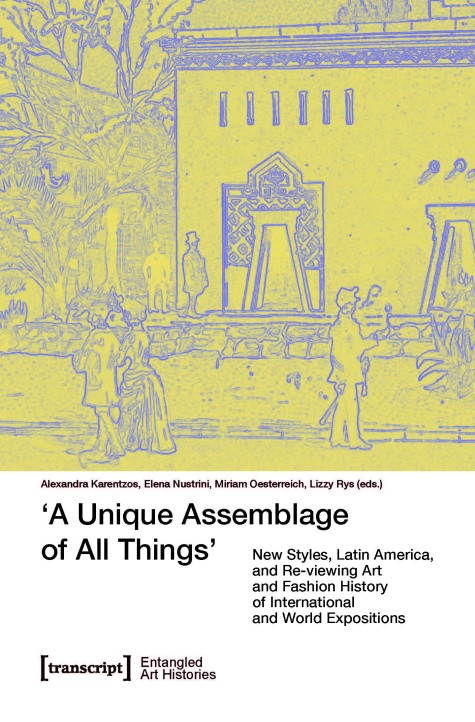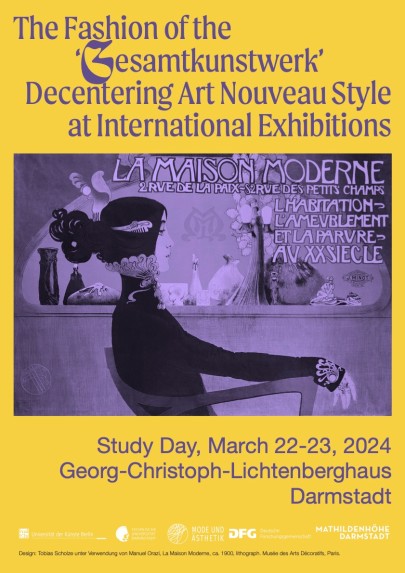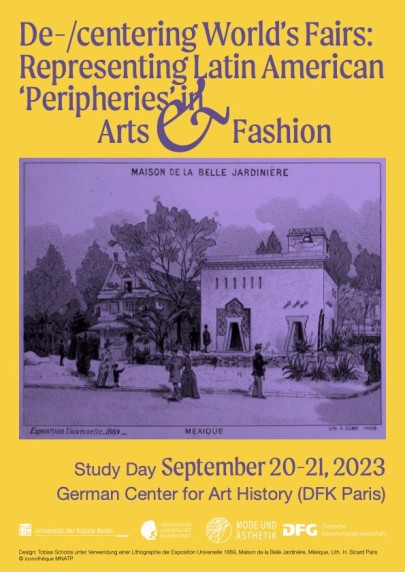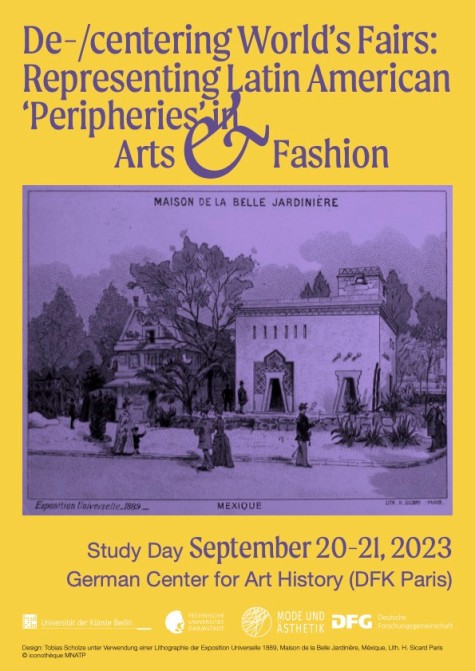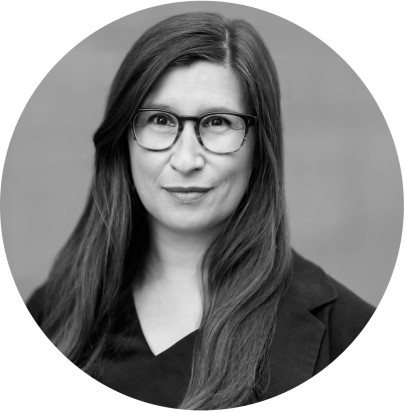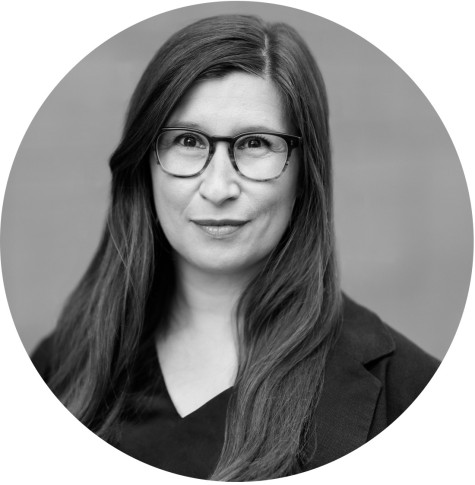A Critical Art History of International and World Expositions – Decentering Fashion and Modernities
www.decentering-world-expositions.com
The research project is a cooperation between the Technical University of Darmstadt, the Berlin University of the Arts and the German Forum for Art History Paris (DFK Paris) and is funded by the German Research Foundation (2022-2025).
Head of the project
Subproject: “Fashioning the World: Decentering Style and Modernity at World’s Fairs”
Prof. Dr. Alexandra Karentzos
TU Darmstadt
alexandra.karentzos@tu-…
Subproject: “De-/Colonial Modernities: Representing ‘Peripheries’ at World’s Fairs”
Prof. Dr. Miriam Oesterreich
UdK Berlin
m.oesterreich@udk-berlin.de
The World’s Fairs of the 19th and early 20th centuries gave rise to significant impulses for the histories of art and fashion. Both were fixed components of the national self-presentation at the world’s fairs from the very beginning. This research project will conduct a fundamental revision of art and fashion, for the first time in the context of the world’s fairs.
First, the research project will make a significant contribution to a de-centering of art and fashion metropolises. Not only was the world brought together in miniature at the world expositions, but also objects and artifacts from very different areas of technology, handcrafts, the visual arts, and fashion were brought together in a holistic model. Such unifying ideas were reflected in the nineteenth-century concept of a “Gesamtkunstwerk.” World’s fairs created such centers of seeing and showing, and served, for example, to establish Paris as an art and fashion metropolis, distinguishing it from its ‘peripheries,’ such as Latin American representations and colonies, which in contrast were presented as traditional and ‘authentic.’
Second, a central concern of the project is to challenge the constructions of modernity associated with the fairs in the context of a “critical globalism.” Staging ‘modern’ art as related to the ‘national schools’ emerging at the same time was also a way of negotiating artistic metropolitanness and ‘periphery’ in the transnational framework of the world’s fairs. Thus, world’s fairs created a competition over modernity, where the western nations were conceived as industrially, artistically, and fashionably advanced. Latin America in particular, as not yet modern but no longer colonized, take on an ambivalent role in the context of the world’s fairs.
Third, art history and fashion studies thus require a substantially new perspective by approaching the entanglements of the world’s fairs from positions of postcolonial and decolonial theory. Such a theoretical formation is particularly well suited for working out ambivalences, since it uses multiplied views to expand the binary constructions of center and periphery, modernity and tradition. The project breaks new ground working out the “entangled histories” of art and fashion at the world’s fairs against the backdrop of colonialism, imperialism, and globalization.
On the basis of case studies in the two following two main areas, essential knowledge can be gained about how art and fashion are mutually connected in the multi-layered context of the world’s fair: 1. “Fashioning the World” (directed by Prof. Dr. Alexandra Karentzos) will concentrate on the role of fashion and textiles in the globalized context of the artistic exchange at the world’s fairs; and 2. “De-/Colonial Modernities: Representing ‘Peripheries’ at World’s Fairs” (directed by Prof. Dr. Miriam Oesterreich) will focus on the ambivalent position of Latin America as ‘peripheral’ presentations.
COMING SOON
The edited volume publication ‘A Unique Assemblage of All Things‘ – New Styles, Latin America, and re-viewing art and fashion history of international and world expositions will highlight the connections of art and fashion in the global context of the world’s fairs. Since there has not yet been any systematic examination of the concepts of modernity, globalization and of identity in art and fashion history, the publication will close this significant research gap and provide a foundational art historical investigation into these connections. It will bring together and in tension the proceedings of the two conferences held in Paris and Darmstadt respectively.
It is co-edited by the research project team – Alexandra Karentzos, Elena Nustrini, Miriam Oesterreich and Lizzy Rys – and will be the first issue in the newly established transcript publishers series “Entangled Art Histories“ (edited by Karentzos/Oesterreich)! With contributions by Paula Alaszkiewicz, Sandra Bornemann-Quecke, Rebecca Houze, Alida Jekabson, Laura Malosetti Costa, Laurens Dhaenens, Catherine Futter, Michele Greet, Clare Rose, Alejandra Uslenghi, Élodie Vaudry, and the editors.
Study Day: The Fashion of the ‘Gesamtkunstwerk’: Decentering Art Nouveau Style at International Exhibitions
- Date
March 22-23, 2024 - Location
Georg-Christoph-Lichtenberghaus (Darmstadt)
„Maison Moderne“ – programmatically, the advertizing poster by artist Manuel Orazi, displayed at the Exposition Universelle in Paris in 1900, proclaims a ‘new style’: the ornamentally dressed young woman, enthroned on a curved chair in front of a display of vases and figurines, merges with the interior and becomes an allegory of modernity and consumption herself.
The World Pictures: Universal Exhibitions & Photography
- Guest lecture by Prof. Dr. Alejandra Uslenghi (Northwestern University)
- Response by Dr. Friedhelm Schmidt-Welle (Ibero-American Institute Berlin)
- Tuesday, 12 September 6 pm c.t.
- Medienhaus, Grunewaldstr. 2-5, 10823 Berlin
Content
World Fairs were highly constructed events that sought to represent the entire world in a single fairground, resourcing to all kinds of visual technologies and media in creating an exhibitionary complex and massive spectacle informed by industrial-era theories of progress and the rhetoric of imperialism.
The theatrical display of art objects, images, and material culture reinforced the representations of cultural otherness as well as hierarchical classifications that sought to make the modern capitalist world intelligible to a modern mass audience.
Photography, since the first London 1851 Exhibition, accompanied the expansion of this visual culture phenomenon as it itself developed in multiple forms and practices; photography was at the core of the exhibitions’ forms of visualization, an object of display itself, and it served to document and perpetuate the legacy of the fairs.
This presentation will examine the diverse roles photography played within the exhibitions putting in perspective the crafting of images for documentary registers of alterity and racialized subjects; the use of photographs in the production of frameworks of intelligibility in territorial surveys and extractivist practices; as well as the deployment of photography in the creation of counter-archives that allowed for epistemic resistances to these regimes of visibility.
In an arch that covers historically several key exhibitions both in Europe and the Americas — Centennial Philadelphia Exhibition in 1876; the Paris exhibitions of 1889 and 1900 when the first international congress of photography took place — we interrogate the photographic archive of World’s Fairs and its contested cultural meanings.
The lecture will be held in English and presented by Elena Nustrini and Miriam Oesterreich.
The lecture will be responded by Dr. Friedhelm Schmidt-Welle (Ibero-American Institute Berlin)
The lecture is part of the DFG-funded research project “A Critical Art History of International and World Exposition – De/Centering Fashion and Modernities” (UdK Berlin/TU Darmstadt)
Study Day: De-/centering World’s Fairs: Representing Latin American ‘Peripheries’ in Arts and Fashion
- Date
September 20-21, 2023 - Location
Deutsches Forum für Kunstgeschichte Paris
Hôtel Lully
45, rue des Petits Champs
F-75001 Paris
The world’s fairs of the nineteenth and early twentieth centuries gave rise to significant impulses in the histories of art and fashion. From the very beginning – and this is particularly true for the five expositions universelles held in Paris between 1855 and 1900 – both were fixed components of nations’ self-presentations at the world’s fairs. Diverse artistic genres and artistic conceptions, as well as fashion, clothing, and textiles played a leading role in the construction of national, cultural, or ethnic identities.
In September 2023, Prof. Dr. Alejandra Uslenghi was invited to spend five days of her residency in Berlin and nine days in Paris with the project team doing research in archives, museums, collections, workshops, and the Paris study day together.
Dr. Alejandra Uslenghi is Associate Professor in Latin American literature and culture and Comparative Literary studies at Northwestern University. She specializes in modernist literature and visual culture, with an emphasis on the history of photography, and critical theory and philosophy of the image. She has also researched the visual phenomenon of world fairs both in Europe and the Americas.
She is the author of Latin America at fin-de-siècle Universal Exhibitions: Modern Cultures of Visuality (Palgrave, London and New York, 2016); the editor of Walter Benjamin: Culturas de la imagen (Eterna Cadencia, Argentina, 2010) and co-editor of La cámara como método. La fotografía moderna de Grete Stern y Horacio Coppola (Eterna Cadencia, Argentina, 2021). Her essays on 19th-century visual culture have appeared in Revista Estudios Hispánicos; Revista Hispánica Moderna and more recently in the volume Latin American Literature in Transition, 1870-1930 (Cambridge University Press, 2022). Her essays on modern photography have been published in Journal of Latin American Cultural Studies and newly in The Routledge Companion to Twentieth and Twenty-First Century Latin American Literary and Cultural Forms (Routledge, London, 2022).
Professor Uslenghi also regularly contributes essays to contemporary Latin American artists and photographers' projects, such as Oscar Muñoz. Invisibilia (Phoenix Art Museum and Hirmer Publishers, 2021); Gonzalo Elvira. Leer el sueño (Centro de Arte de Burgos, 2022) and has written for art catalogs, such as Art – Latin America. Against the Survey (edited and curated by James Oles, Davis Museum and University of Texas Press, 2019) and Who says, Who shows, What counts: Thinking about History with the Block's Collection (Northwestern University, 2021).
For March 2024, Prof. Dr. Rebecca Houze is invited to spend 14 days of residency in Darmstadt and Erlangen/Nürnberg with the project team doing research in archives, museums, collections, workshops, and the Darmstadt study day together.
Rebecca Houze is Professor of Art and Design History at Northern Illinois University. Her research concerns women designers as well as the ways in which women's interests have influenced design. She is author of Textile, Fashion, and Design Reform in Austria-Hungary Before the First World War: Principles of Dress (Ashgate, 2015) and New Mythologies in Design and Culture: Reading Signs and Symbols in the Visual Landscape (Bloomsbury, 2016).
Her recent publications include, with Grace Lees-Maffei, Design and Heritage: The Construction of Identity and Belonging (Routledge, 2022) and the Design History Reader (second edition, Bloomsbury, 2024) and with Sylvia and Victor Margolin, World History of Design, vol. 3, Europe and North America 1945-2000 (Bloomsbury, 2024). Rebecca served on the Editorial Board of the Journal of Design History from 2017-2022. She is currently working on a new book about world's fairs and national parks in the United States.
DFG Project Team
Professors
Prof. Dr. phil. Alexandra Karentzos
TU Darmstadt
alexandra.karentzos@tu-…
Alexandra Karentzos, Dr. phil., is an art historian and has been Professor of Fashion and Aesthetics at the Technical University of Darmstadt since 2011.
Prof. Dr. Miriam Oesterreich
UdK Berlin
m.oesterreich@udk-berlin.de
Miriam Oesterreich, Dr., is a Professor for Theory of Design and Gender Studies at the University of the Arts in Berlin since the summer of 2021.
PhD Students
Lizzy Rys, M.A.
TU Darmstadt
lizzy.rys@tu-…
Lizzy Rys, M.A., is a Ph.D. student at the Technical University of Darmstadt where she researches fashion on Belgian World Fairs of the Nineteenth Century.
She obtained her Master in Art History at the Ghent University in 2023.
Journal Articles
- Rys, Lizzy. “Mme D’Aubreby Van Swae (1829-1902),” Tijdschrift voor Interieurgeschiedenis en Design 45 (2023), pp. 107-110.
- Rys, Lizzy. “D'Aubreby Van Swae. Drie generaties Belgische mode tussen traditie en vernieuwing (ca. 1815-1929),” Tijdschrift voor Interieurgeschiedenis en Design 46(2024), coming 2025.
Edited Volume Articles
- Rys, Lizzy, and Marjan Sterckx. “La Femme Nouvelle : Veranderende Vrouw(En)Beelden.” Yvonne Serruys : Beeldhouwer van de Nieuwe Vrouw, edited by Marjan Sterckx, Snoeck, 2023, pp. 196–233.
- Rys, Lizzy. “Curating hierarchies: the case of Hélène De Rudder and Bakuba textiles at the 1897 Brussels World's Fair.” In A unique Assemblage of all Things’ – New styles, Latin America, and reviewing art and fashion history of international and world expositions, edited by Alexandra Karentzos, et al., eds. Bielefeld: transcript, coming 2025.
Co-Edited Publications
- Karentzos, Alexandra. Miriam Oesterreich, Elena Nustrini and Lizzy Rys, A unique Assemblage of all Things’ – New styles, Latin America, and reviewing art and fashion history of international and world expositions. Bielefeld: transcript, coming 2025.
Elena Nustrini, M.A.
UdK Berlin
e.nustrini@udk-berlin.de
Elena Nustrini, M.A., is a PhD. student in Art History at the University of the Arts, Berlin. Her academic research fields are the history of collections and exhibitions, art and colonial knowledge and practices, as well as botanical prints and drawings of the 17th century.
In her doctoral dissertation, under the supervision of Prof. Dr. Miriam Oesterreich and as part of the DFG-funded project “A Critical Art History of International and World Expositions: Decentering Fashion and Modernities,” she investigates the transregional artistic exchange in the visual arts that took place at national and international exhibitions both in Europe and Latin America in the second half of the 19th century. In particular, her research focuses on the genre of Realism in paintings and prints and specifically on the role of landscape representations in the construction of political and artistic identities.
Nustrini graduated in 2022 with a master's thesis on botanical drawings and still life paintings by the Dutch artist Albert Eckhout (1608/12–1664/66). In her Master's thesis, she examined the role of art in the process of appropriation of the colony of Dutch Brazil (1637-1644) focusing on the assimilation of colonial botanical drawings into the art of Dutch still life paintings, as well as on how botanical epistemological observations on the so-called “New World” were used by the colonizers to legitimize European superiority by means of a ‘naturalization’ of economic exploitation processes.
Nustrini studied art history, literature, philology, and linguistics at the Free University of Berlin, the Università la Statale in Milan (Italy), and Trinity College Dublin (Ireland) and was awarded a scholarship from the German National Academic Foundation (Studienstiftung des deutschen Volkes).
Publications
- Nustrini, Elena. “Engraving the trans/national landscape: Argentina and Italy in the 1880s.” A Critical Art History of International and World Expositions. Decentering Fashion and Modernities, Transcript, coming 2025.


